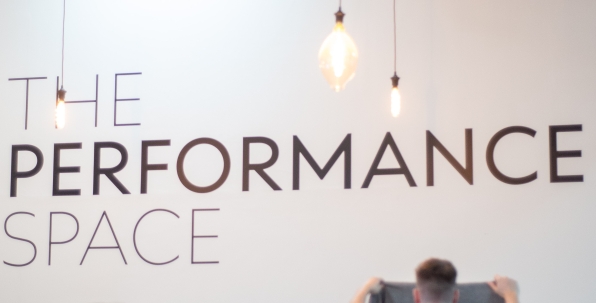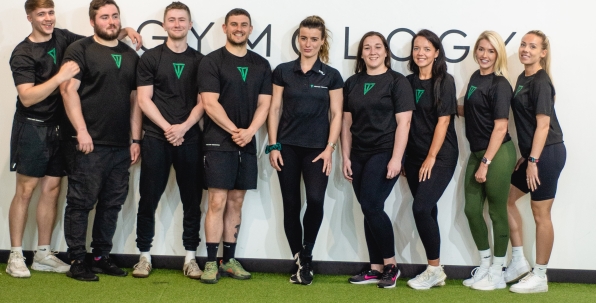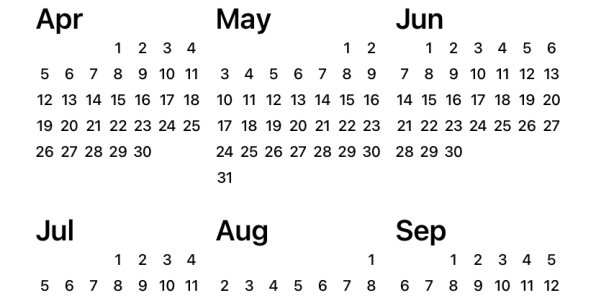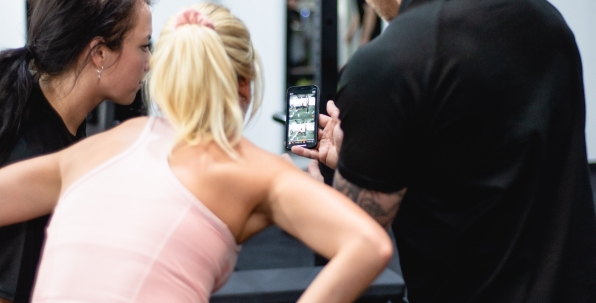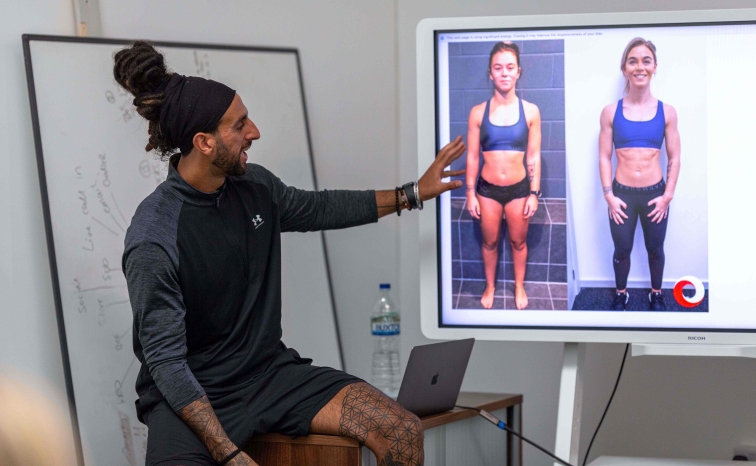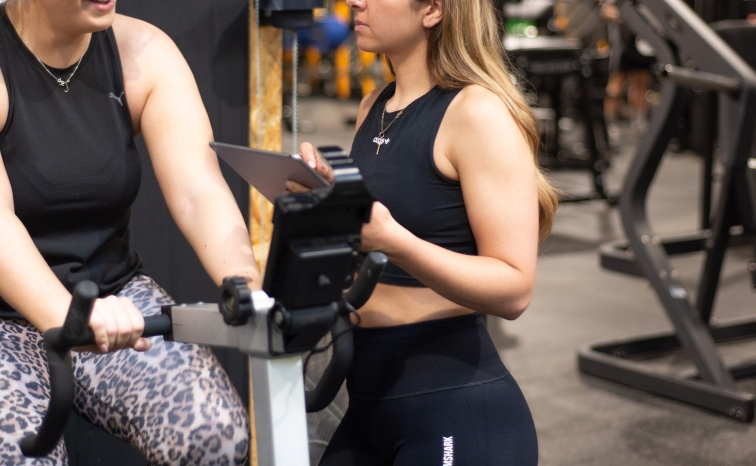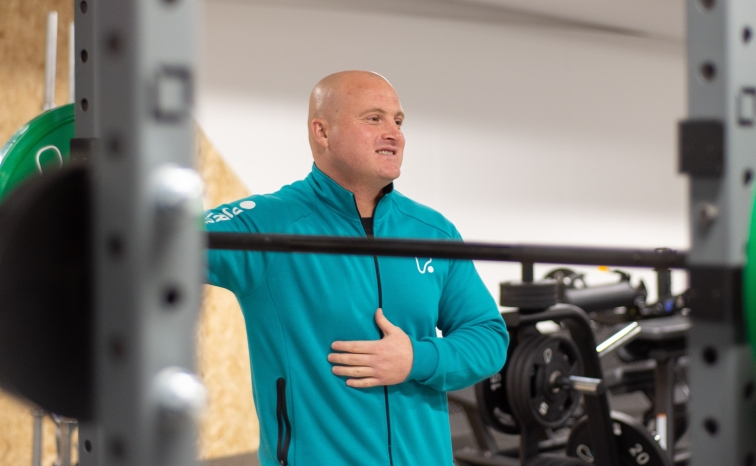Consultations are one of the most daunting parts of the job as a Personal Trainer. Once you’ve done enough of them things get much easier, but at the start it can be overwhelming.
Planning a template for your consultations is a surefire way to make sure you get all of the information you need. There will be several things that you discuss during the consultation, however there are three things you must get from your clients before they sign up to train with you:
Medical and injury history
The most essential thing to find out from your client is whether they are fit to participate in exercise. You can do so by asking certain questions and getting them to fill out a PAR-Q. This is a Physical Activity Readiness Questionnaire that asks key questions about your client’s medical history. From this, you can determine whether or not your client is able to participate in exercise with you. If they answer yes to any questions they should consult their doctor before signing up.
Although a medical questionnaire is vital, it doesn’t specify injuries. So, it’s also important to ask your own questions to dig a little deeper into their injury history. You should ask whether they’ve had any acute or long-term injuries no matter how long ago they were. Most people forget about some of the injuries they’ve had. Make note of all of their previous injuries and niggles, no matter how big or small.
You can also question if they have any medical conditions that will affect their training. You may need to be delicate with this as you don’t want to make your client feel uncomfortable. That being said, it’s important that they understand that some medical conditions can have an effect on their training.
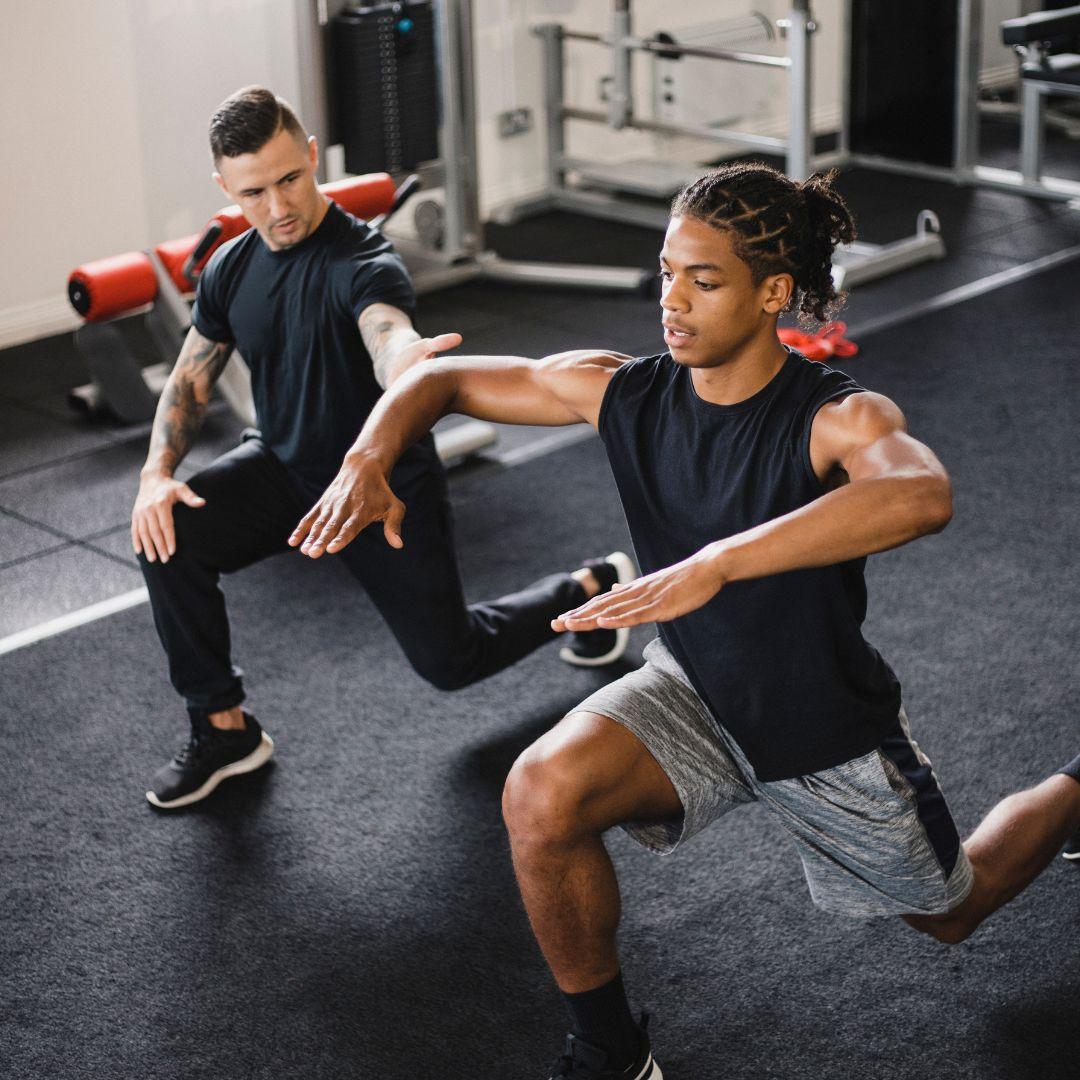
Their current habits & goals
In the initial consultation, it is a good idea to find out more about your client’s habits and lifestyle. This will give you an insight into how they currently live and their training history. When it comes to designing a programme, then you will have a good foundation to start from. Additionally, by finding out what their goals are, you will be able to determine whether or not you’ll be able to help them or need to pass them onto another trainer that’s suited to their needs.
Here are some examples of questions you can ask your client when finding out more about their habits:
- How often do you exercise?
- What type of exercise do you do?
- Do you track your nutrition?
- Do you have any habits you’d like to remove from your daily life?
- Is there anything you’d like to add to your daily habits?
When it comes to setting goals, you want to make sure that your client is setting SMART goals:
- Specific
- Measureable
- Attainable
- Relevant
- Time specific
For example, if your client tells you they want to lose weight, you should discuss how they can make it a SMART goal. Ask them for a specific number such as a number of inches or a certain weight. Determine how you’re going to measure it, possibly by taking progress photos or measuring their weight on the scales once a month.
In terms of attainability, this is where their habits come into play. If your client has a full time job and two young children, their goal of training x5 per week might not be manageable. You need to make sure they set their expectations right. Finally, make the goal time specific. Together you can set a specific time frame, or maybe ask them to target a specific event/occasion they want to reach their goal by.
How the client discovered your business
You might not have considered this, but it is worth asking the client how they initially found you. There are several ways a client might get in touch, it could be a referral from a current client, your website or through social media.
It might also be worth keeping a list of the ways your clients discover your services. From this, you can make an assessment of what works for your business and what doesn’t. If lots of people are coming from your website but not from referrals, it’s great that your website works, but you might need to work on a referral system with your clients.
If you include these three staple elements to your consultation then you can be sure that you’ve got everything you need to onboard your new client. Not only will these elements help to design a goal-specific programme for them, but it will also help to improve your business.
Want to learn more about consultations before you become a PT? Check our next course out here

